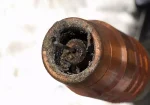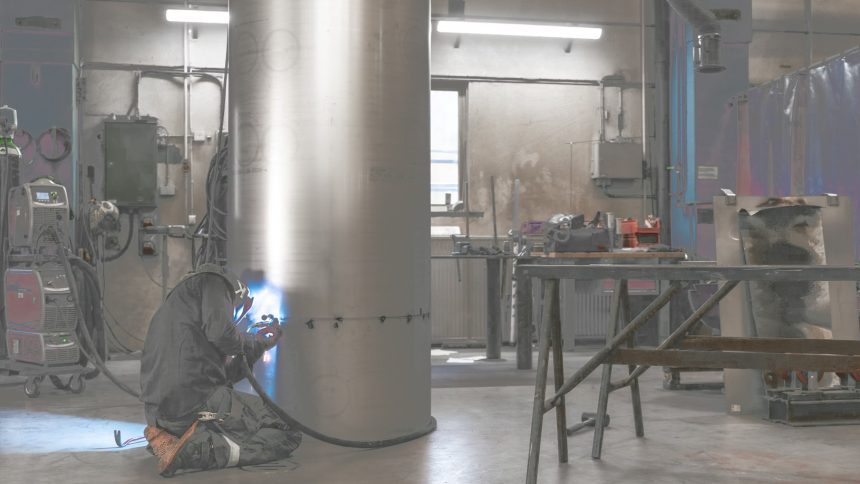Aluminum, an extraordinary and unparalleled metal, boasts a myriad of advantageous attributes that render it a prime choice for diverse projects. Given its exceptional properties, the practice of Tungsten Inert Gas (TIG) welding on aluminum is not an uncommon occurrence.
Aluminum is a difficult material to weld. Here is a guide covering all the major aspects of TIG welding on aluminum.
Welding Town
Is Helium a Good Option
The Advantages of Helium in TIG Welding on Aluminum
Indeed, Helium stands as one of the top choices for TIG welding on aluminum, offering several valuable benefits. It provides excellent arc stability, ensuring smooth and controlled welding operations. Additionally, Helium contributes to an enhanced cleaning action, effectively removing impurities and ensuring cleaner welds.
When faced with the decision between 100% Helium and 100% Argon for aluminum welding, Argon is often the preferred option due to its overall effectiveness. However, Helium tends to be more cost-effective in the United States, making it an appealing choice for many welders in the region.
Ultimately, the selection between Argon and Helium may vary depending on specific welding requirements, cost considerations, and availability. Both gases offer advantages in TIG welding on aluminum, and welders may opt for Helium for its affordability and beneficial welding properties, especially in situations where it complements the welding process effectively.
Are Argon – Helium Mixtures Any Good
Enhancing GTAW Aluminum with Gas Mixtures: Advantages of Argon-Helium Blends
In gas tungsten arc welding (GTAW) on aluminum, gas mixtures containing both Argon and Helium offer distinct advantages, particularly in arc starting features. A common blend, consisting of 75 percent Argon and 25 percent Helium, is utilized to increase travel speeds, enhancing the efficiency of the welding process.
The use of gas mixtures allows welders to customize their shielding gas to suit specific requirements, achieving optimal results. The flexibility of creating custom gas mixes is facilitated by Dual Output Argon Welding regulators. Welders can adjust the percentage of each gas in the mixture, tailoring it precisely to their needs.
By experimenting with various gas mixtures, welders can explore different arc characteristics and find the blend that best aligns with their specific welding objectives. Each mixture may offer unique arc properties, allowing for fine-tuning to achieve superior weld quality, increased travel speeds, and overall welding efficiency.
The utilization of Argon-Helium blends in GTAW aluminum underscores the versatility and adaptability of shielding gas selection, empowering welders to optimize their welding processes and achieve exceptional results.
Is Carbon Dioxide on Aluminum Any Good
Caution Against Using Carbon Dioxide (CO2) for Aluminum Welds
It is crucial to exercise caution when selecting the appropriate shielding gas for aluminum welding. Carbon dioxide (CO2) shares a similar characteristic with oxygen in that it reacts with aluminum, forming undesirable oxides. Consequently, using CO2 as a shielding gas for aluminum welds can lead to weaker welds and compromised weld quality.
To ensure the integrity and strength of aluminum welds, it is best to avoid using carbon dioxide as a shielding gas. Instead, opt for suitable gases like pure Argon or Argon-Helium blends, which offer excellent arc stability and produce cleaner welds, ensuring robust and reliable weld joints in aluminum projects. Choosing the right shielding gas is paramount in achieving high-quality and durable aluminum welds.
How to TIG Weld Aluminum – Step by Step
Critical Preparations for TIG Welding: Cleaning Methods
Preparation is a crucial aspect of any welding process, and when it comes to TIG welding, proper cleaning methods are essential for achieving high-quality welds. Different methods are available for cleaning, including:
Hand Pads: Hand pads are an option for cleaning, but they may not be the fastest method. While they can effectively remove some contaminants, they may require more time and effort.
Wire Brushes: Wire brushes are commonly used for tackling more problematic contaminants. They offer effective cleaning and preparation, making them a reliable choice in many cases.
Pickling Paste: For more challenging cleaning tasks, pickling paste can be employed. It is a specialized chemical solution that aids in the removal of tough contaminants and ensures a clean surface for welding.
Choosing the appropriate cleaning method depends on the nature and extent of the contaminants on the workpiece. For routine cleaning, hand pads and wire brushes are suitable options. However, for more stubborn or complex contaminants, the use of pickling paste can provide a thorough and efficient cleaning process.
By diligently preparing the workpiece through proper cleaning, welders can ensure a clean welding surface and optimize the TIG welding process, ultimately resulting in superior and durable welds.










